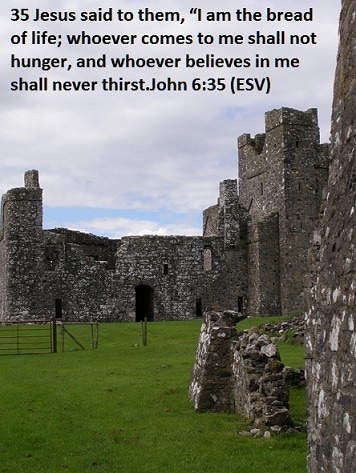When New York Was Irish Lyrics And Guitar Chords
Written by Terence Winch. The version here is by Blackthorn and the chords by Marc fit the Blackthorn youtube video. Blackthorn also covered Sean South From Garryowen which is one of the most famous rebel songs ever.
Intro: G-G-G-D G-Em-C-D7-G
I will (G)sing you a song of days long a(D)go
When (G)people from (Em)Galway and (C)County Ma(D)yo – D7
From (G)all over Ireland came over to (D)stay
And (G)take up a (Em)new life in (C)Amer(D7)i(G)cay
Chorus
They were (G)ever so happy, they were (C)ever so (D)sad
To grow (G)old in the (Em)new world through (C)good times and (Am)bad(D7)
All the (G)parties and the (Em)weddings, the (C)ceilis and (D)wakes
When (G)New York was (Em)Irish, full of (C)joys and (D7)heart(G)aches
They (G)worked on the subways, they ran the sa(D)loons
They (G)built all the (Em)bridges and they (C)played all the (D)tunes – D7
They (G)put out the fires and controlled City (D)Hall
They (G)started with (Em)nothing and wound (C)up with (D7)it (G)all
Chorus
You could (G)travel from Kingsbridge to Queens or mid (D)town
From (G)Highbridge to (Em)Bay Ridge, from (C)up town to (D)down – D7
From the (G)East Side to the seaside's, the sweet summer (D)scenes
They (G)made New York (Em)City their (C)island (D7)of (G)dreams
Chorus
Now I (G)look at the photos all brittle with (D)time
Of the (G)people I (Em)cherished when that (C)city was (D)mine – D7
(G)O, how I loved all those radiant (D)smiles
How I (G)long for the (Em)days when we (C)danced in (D7)the (G)aisles
Chorus
Outro: G-G-G-D G-Em-C-Am-D7 G-Em-C-D G-Em-C-D7-G-G G-Em-C-D7-G.
There's another well known song about New York on the site
New York Girls Can You Dance The Polka Lyrics which was recorded by Irish folk singer and banjo player Finbar Furey.
I will (G)sing you a song of days long a(D)go
When (G)people from (Em)Galway and (C)County Ma(D)yo – D7
From (G)all over Ireland came over to (D)stay
And (G)take up a (Em)new life in (C)Amer(D7)i(G)cay
Chorus
They were (G)ever so happy, they were (C)ever so (D)sad
To grow (G)old in the (Em)new world through (C)good times and (Am)bad(D7)
All the (G)parties and the (Em)weddings, the (C)ceilis and (D)wakes
When (G)New York was (Em)Irish, full of (C)joys and (D7)heart(G)aches
They (G)worked on the subways, they ran the sa(D)loons
They (G)built all the (Em)bridges and they (C)played all the (D)tunes – D7
They (G)put out the fires and controlled City (D)Hall
They (G)started with (Em)nothing and wound (C)up with (D7)it (G)all
Chorus
You could (G)travel from Kingsbridge to Queens or mid (D)town
From (G)Highbridge to (Em)Bay Ridge, from (C)up town to (D)down – D7
From the (G)East Side to the seaside's, the sweet summer (D)scenes
They (G)made New York (Em)City their (C)island (D7)of (G)dreams
Chorus
Now I (G)look at the photos all brittle with (D)time
Of the (G)people I (Em)cherished when that (C)city was (D)mine – D7
(G)O, how I loved all those radiant (D)smiles
How I (G)long for the (Em)days when we (C)danced in (D7)the (G)aisles
Chorus
Outro: G-G-G-D G-Em-C-Am-D7 G-Em-C-D G-Em-C-D7-G-G G-Em-C-D7-G.
There's another well known song about New York on the site
New York Girls Can You Dance The Polka Lyrics which was recorded by Irish folk singer and banjo player Finbar Furey.



